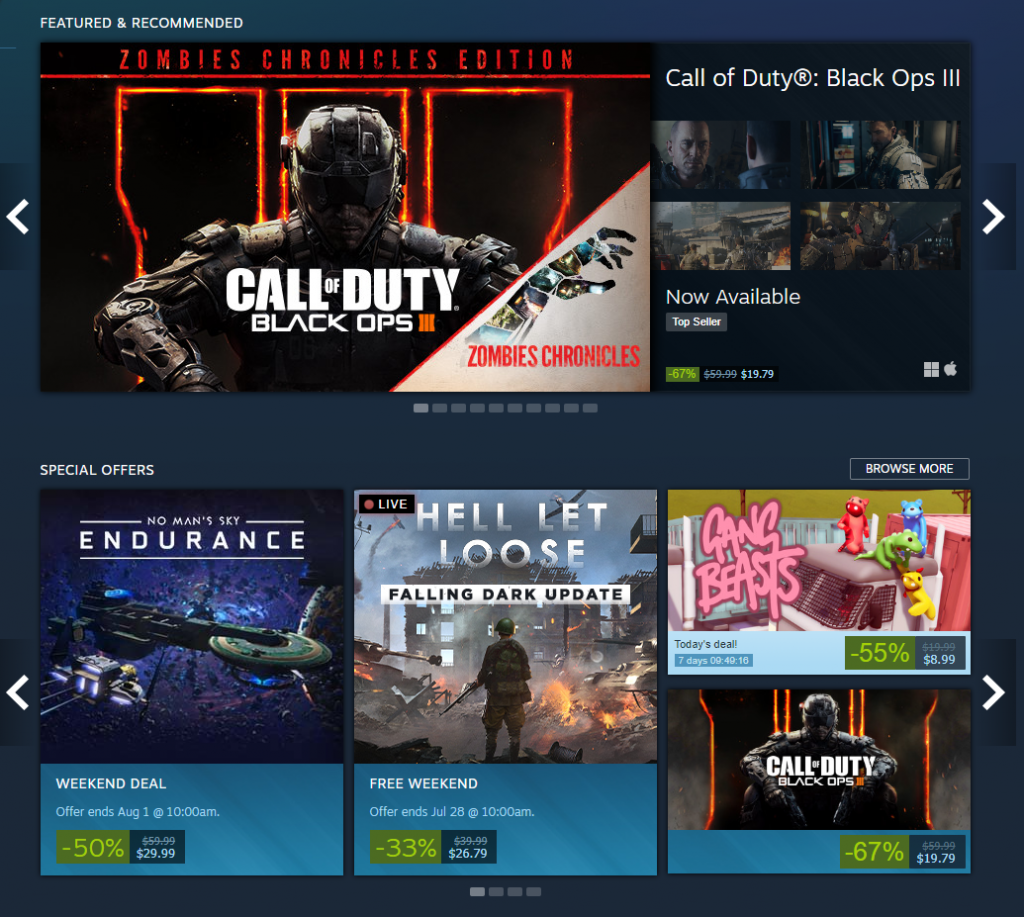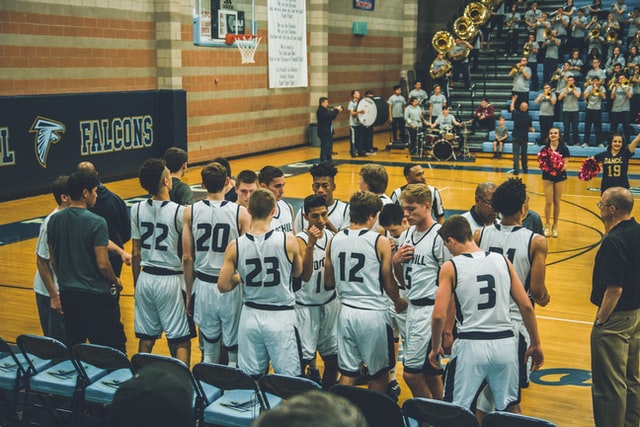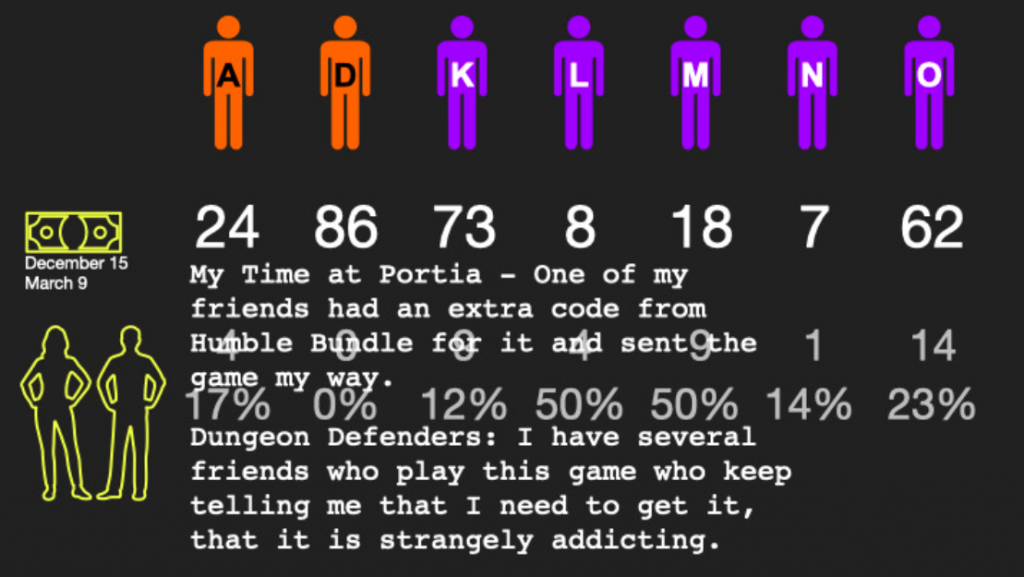
This is my game on Steam that I launched back in 2019. Look at it! it has 221 Very Positive Reviews (88% of them are!).

But Steam doesn’t give it any visibility. It has been stuck at 200-ish reviews for a year! Celeste is a similar enough game that I know that there has to be thousands of Celeste fans who would love my game. If I could just have 1% of the Celeste audience I could just retire!
I have seen this phenomenon with lots of other games too: A month after the launch of your game, you get a couple hundred quite positive reviews (in fact very positive) but the Steam algorithm just stops showing your game.
It is so frustrating. You just want to yell “PLEASE STEAM SHOW MY GAME I KNOW 88% OF PEOPLE WHO REVIEW IT RECOMMEND IT! IF YOU JUST SHOW IT TO THEM THEY WILL BUY IT!”
This is a very frustrating aspect to the Steam algorithm and I want to explain my theory about why this is happening…
How Valve sells games
It isn’t impossible to hit it big on Steam. There are plenty of games made by small teams that sell well. In fact, they sell a lot. For instance, here is Peglin.

I wrote about how Peglin did so well in this blog post.
Here is 20 Minutes Till Dawn

(I wrote about 20 Minutes Till Dawn’s success here).
This is the front page of Steam. The games here are selling thousands of copies a day.

This is the “Players like you love” widget

This is the discovery queue

All of these widgets are very valuable real estate on Steam. I counted it up and there are only 179 slots to show games on the front page of Steam on any one day. (See footnote 1 below)
So Valve really wants to make sure that the games that they feature there make them a lot of money. If they put a game there that just doesn’t sell, they are literally losing money because that spot could have been filled by a game that sells really well. (For more on this, look up Opportunity Cost)

Think of the front page of Steam as if it is a sports team. There are star players and then there are second-rate players, and there are “bench warmers.” Every day is like the big game for Valve. But there are only so many positions that can be filled. So why would Valve pull one of their star players and put in a game if it can’t even dribble the ball, misses most of its shots, and fouls constantly. That non-star player is taking up the spot that could be occupied by a star player. That “troubled” game is costing the team the game! (Sorry if this is causing flashbacks to high-school PE)
How Valve Knows you if your game is a “star player”
Valve is quite clear about how the algorithm works: they look at how much money your game earns and if they see that it is earning a lot in a short period, they will give you more visibility. If not, they hide your game. It is that simple. It all comes down to the money.
For instance, here is Valve’s Alden Kroll explaining how this works.
Here is the key quote:
When you run a discount on your game for example then it can show up in discounted sections it can show up in differently priced sections that also typically creates a surge of people buying your game and Steam interprets that as a really big demonstrated interest in your game and it’s more likely to show up than in more other places as well like such as recommendations so using those opportunities to discount your game participating in the big.
Alden Kroll of Valve
The key word here is “surge of people buying your game.”
Basically if the Steam algorithm sees a rapid increase in purchases they will say “this must be a star player! Put them on the court, pass them the ball!”
What is the middle domino theory?
So “middle domino” is my theory for how indie game marketing works with the Steam algorithm and why some games sell poorly despite having a ton of positive reviews.
We know 2 things:
- If you can sell a bunch of copies on Steam you get more visibility.
- If you get to the front page you make a lot of money
But how do you get enough visibility to trip the algorithm? We are just tiny indies who don’t have huge marketing budgets.
I saw this meme for something else and it dawned on me that this is essentially how the Steam algorithm works.
We don’t have big budgets. We don’t have much staff. We don’t have a lot of time.
So when you send a newsletter out, or tweet about your game, or try to go viral, you are essentially knocking over that teeeny tiny domino. It is super super tiny.
When you do “community building” and get people to signup for your newsletter, join your discord, follow you on Twitter, you are building up potential energy that can knock over that first domino. That is essentially what that core group is. Your super fans who will buy everything you do whether they like your game or not.
BUT, if your game is really good and exciting, those community members tell their friends about your game…. and those friends will tell their friends. That is “word of mouth.”
This happens enough, and the Steam algorithm will take note and see this “surge of people buying your game” and start showing it on the front page of steam
That middle domino is the most important. You can build a great community, get them to act, and buy on day 1, but if your game isn’t exciting, they won’t tell their friends. Your community might support you because they like you, but if they just don’t like the game, they won’t recommend it.
That “Lack of Excitement” is what prevents your game from additional purchases. And ultimately that is why your sales and reviews stall out.
Steam is essentially saying “sorry kid, you just don’t have what it takes, we are not going to show your game in Steam anymore.”
So maybe you built up a great community. You did everything I write about. You knocked over that first domino. But there was something about your game that just didn’t excite people to cause your community to recommend it to their friends. Your community domino never caused the middle domino to fall over.
Who is the middle domino
We creators, designers, bloggers, influencers, are very online people. We check social media, we follow artists, we try out a bunch of really weird games, we like to chat about great games and dumb stuff like ludonarrative dissonance. But most of the population just buys whatever the biggest game is. They don’t follow game developers on social media, they don’t read news about the games industry. I don’t mean this disparagingly… but they are “basic.”

I did this study a couple years ago where I followed 7 people over several months. Every week I asked them if they purchased any new games and how they heard about them. For some players 15%-50% of their purchases came from recommendations from their friends.
The second domino and the last domino are for reaching people who aren’t heavily invested in the games industry. They are the “casual” fans who like playing games but don’t care about trying to play everything. I wrote a blog post about these middle domino people and how hard they are to reach. If you say your game is targeting the casual audience, you are jumping over the first domino and trying to push over that giant middle or the last domino. They are huge dominos and I don’t think you have the budget for it.
The good review illusion
At the start of the blog I mentioned those games that have 90% positive reviews but stop after that. My theory is that most of those reviews came from the community that you built up for that game. That is a sign that you are an excellent community builder and got the word out about the game. So take some solace in that.
However, the game didn’t convert the friends of your community.
If you look closely at a lot of those reviews you will see comments like “I am still giving this games a thumbs up even thought I wanted to really like this game… but…” or “While I gave it a thumbs up there are some things about this game that I just didn’t like …” or “the game is pretty but some of the dungeons are a bit boring and samey.”
Signs of excitement?
I have been marketing games for years now and I have worked on a wide variety of genres and for different companies. I start to see patterns and signs as to whether games have “the excitement” or not. The games that have excitement typically exhibit at least a couple of these signs.
- The same streamer plays that game multiple times across multiple streams
- The game demo’s median playtime is above 45 minutes (read more here)
- Players hack the demo to get more content out of it. That happened to Peglin
- People are constantly messaging the developer asking them when it is going to release
- The team has in the past (and quite often) had social media posts go viral (tiktok, twitter, reddit) – This happened to Choo Choo Charles
- When the team applies for a festival and 10 minutes later the organizer personally emails them to say “Yes we want your game in this festival!!!” (I really have seen this happen).
- IGN contacts the team and asks them if they can host the trailer on IGN.
- The game is earning 75 to 100 to even 300 wishlists PER DAY and the team didn’t really do anything and they aren’t exactly sure where the wishlists are coming from.
- Well-known publishers are contacting the team out of the blue to ask them if they have found a publisher yet (e.g. Raw Fury, Devolver, Team 17).
- People are making memes of the game.
- People are making knockoff clones of the game before it even releases.
How to get excitement
So how do I get this so-called “excitement?”
Sadly, there is no “one weird trick” that a marketer can do. It comes down to your game.
The moment you come up with your mix of concept, gameplay, genre, and graphic style, the concrete is kind of set. That is your game and it is an exciting concept or it isn’t.
Games have a “spirit” and there isn’t much you can do to change it.
Your best bet is to show as much off of your game and hope that you will discover some angle that excites people. Or maybe at first look your game doesn’t really have “excitement” but once people play it they fall in love (I think that is the case with Vampire Survivors).
But if you showed off everything, you posted a demo, and gave it to streamers and they still aren’t excited, I really think your game is what it is and you should try your hardest to get the game out quickly and move on to the next game. I don’t think adding a ton more content or constantly reworking the same game over and over will fix it.
There is a lot of value to shipping a game even if it doesn’t manage to tip over the second domino so don’t just trash it. FINISH IT.
Footnotes:
- Now the recommendations are customized based on each shopper’s play history. So there are more than just 179 slots store wide. But for me and my play history, there are only 179 slots.